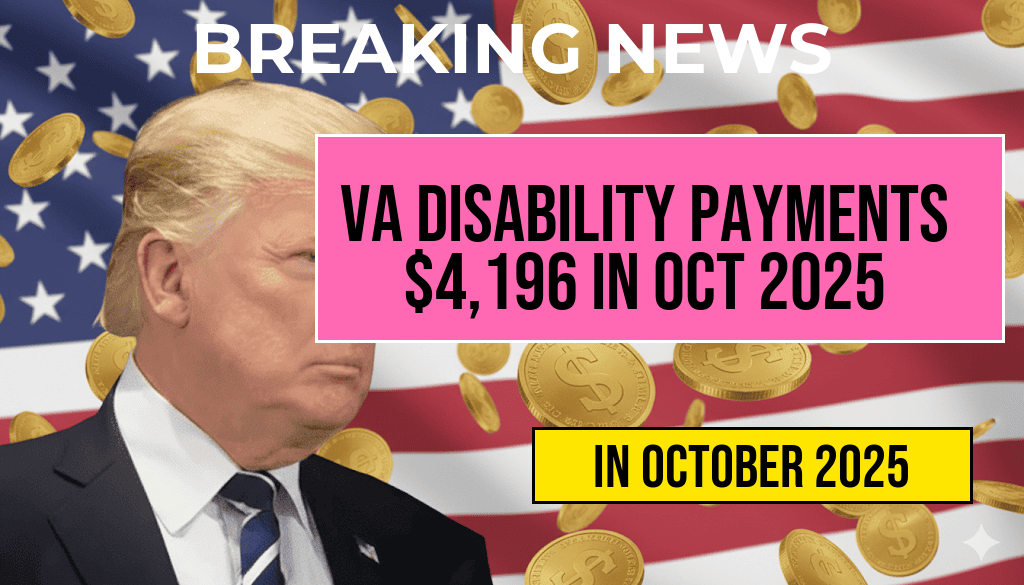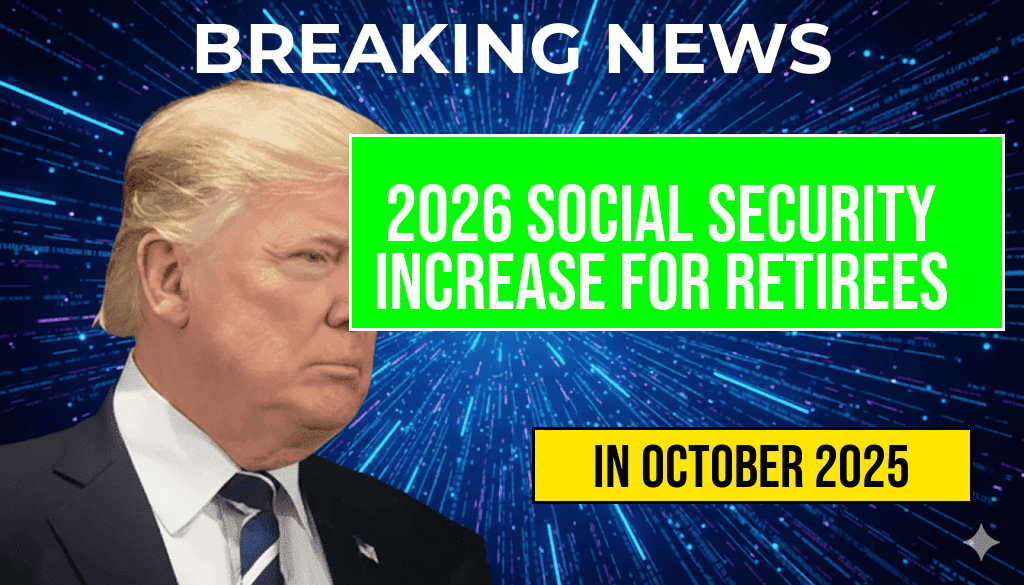The Internal Revenue Service (IRS) has announced a significant increase in the annual contribution limit for 401(k) retirement accounts for the 2025 tax year, raising the cap to $23,500 for individual employees. This adjustment reflects ongoing efforts to keep pace with inflation and offers workers increased opportunities to bolster their retirement savings. The new limit, up from the 2024 cap of $22,500, provides a notable boost for savers aiming to maximize their tax-advantaged retirement contributions. Additionally, the catch-up contribution limit for workers aged 50 and older remains at $7,500, allowing those nearing retirement to contribute up to $31,000 annually. This change underscores the federal government’s continued emphasis on encouraging retirement preparedness amid shifting economic conditions and rising living costs.
Understanding the 2025 401(k) Contribution Limits
The IRS annually reviews and adjusts contribution limits for various retirement plans to account for inflation and economic factors. For 2025, the increase to $23,500 marks a meaningful step in supporting American workers in their long-term financial planning. The official announcement was made in IRS Notice 2024-70, which details the updated limits for various employer-sponsored retirement plans. This adjustment aligns with the broader trend of rising contribution caps, aiming to help individuals counteract inflation and build more substantial nest eggs.
Key Highlights of the New Limits
| Category | Limit | Notes |
|---|---|---|
| Standard Employee Contribution | $23,500 | Up from $22,500 in 2024 |
| Catch-up Contribution (Age 50+) | $7,500 | Unchanged from 2024 |
| Total Possible Contribution (including catch-up) | $31,000 | For eligible workers aged 50 and above |
Implications for Employees and Employers
The increased contribution limits present both opportunities and considerations for workers planning their retirement savings strategies. Employees who maximize their contributions can significantly accelerate their retirement preparedness, especially with the added flexibility of catch-up contributions for those aged 50 and older. Financial advisors often recommend taking full advantage of these limits to combat inflation and rising healthcare costs in retirement.
Employers, meanwhile, may find the new limits influence their retirement plan offerings, potentially prompting enhancements to benefit packages or increased employer matching contributions. Some companies might also consider providing additional financial wellness resources to help employees navigate the expanded contribution options effectively.
Impact on Retirement Planning
- Increased Savings Potential: The higher limit enables workers to contribute more pre-tax dollars annually, fostering larger retirement funds.
- Tax Advantages: Contributions reduce taxable income for the year, offering immediate tax benefits while growing tax-deferred.
- Encouragement for Long-term Growth: Larger contributions can lead to compounded growth over time, a key factor in retirement planning success.
Broader Context and Future Outlook
The upward adjustment in contribution limits aligns with ongoing efforts to support Americans amid economic fluctuations. As inflation persists, the IRS regularly updates these caps to maintain their real value, ensuring retirement savings remain effective against rising costs. Experts anticipate that future increases will continue to be tied closely to inflation measures, with some analysts suggesting that the contribution limits could further rise in the coming years.
Retirement experts advise individuals to review their savings strategies periodically, especially when government adjustments like this occur. For those interested in expanding their retirement planning, consulting with financial advisors or exploring additional tax-advantaged accounts such as IRAs can further enhance savings potential.
Resources for Retirement Planning
- Social Security Retirement Planner
- Forbes: Impact of 2025 Contribution Limit Increase
- Retirement Savings in the U.S. (Wikipedia)
Frequently Asked Questions
What is the new 401(k) contribution limit for 2025?
The 401(k) contribution limit for employees will increase to $23,500 in 2025, allowing for higher savings potential for retirement.
Who is eligible to contribute the increased limit in 2025?
All eligible 401(k) plan participants can take advantage of the increased contribution limit in 2025, provided they meet the plan’s eligibility requirements.
Are there catch-up contributions for employees aged 50 and older?
Yes, employees aged 50 and older can make additional catch-up contributions beyond the standard limit, which remains unchanged for 2025.
How does the increase in contribution limit impact retirement savings?
The increase to $23,500 allows employees to contribute more each year, potentially boosting their retirement savings and helping them reach their financial goals faster.
When will the new 401(k) contribution limit take effect?
The new limit of $23,500 will apply to the 2025 plan year, starting from January 1, 2025.










